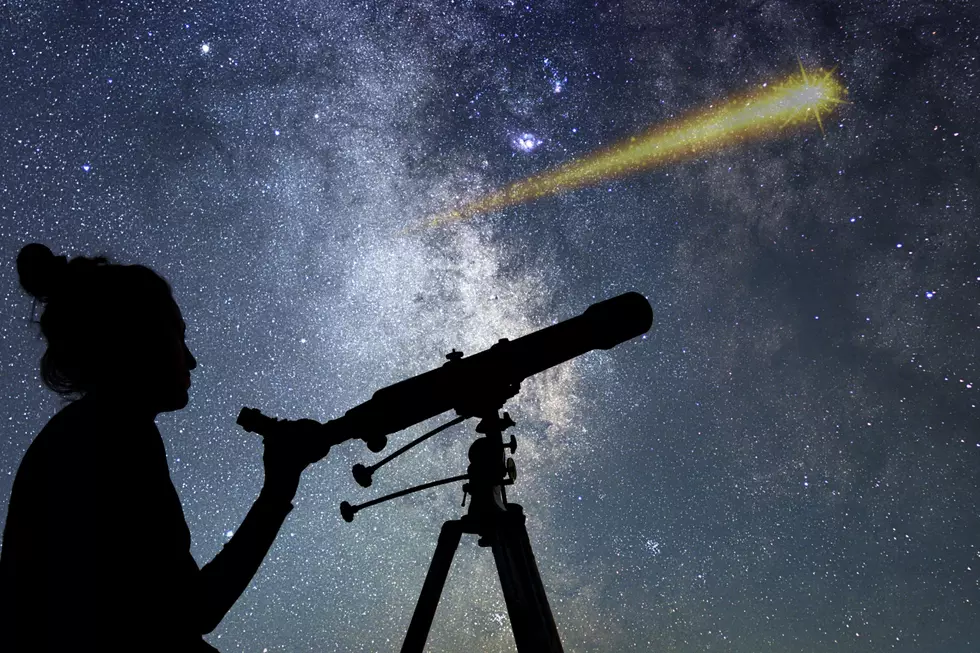
These Are the Best Days in May to Catch a Shooting Star Over Indiana
Throughout May you'll have several chances to see shooting stars in the night sky, but a few specific days have the best chances.
Night Skywatchers
Few things are neater than glancing up at the sky and seeing a shooting star zoom past. Even though the name "shooting star" is pretty neat, what we see zooming across the sky isn't a star at all, it's a meteor. Cool Cosmos describes shooting stars as a small piece of rock or dust.
A shooting star is really a small piece of rock or dust that hits Earth's atmosphere from space. It moves so fast that it heats up and glows as it moves through the atmosphere. Shooting stars are actually what astronomers call meteors
Throughout May is the Eta Aquariid Meteor Shower, so there will be several chances this month to look up, and hopefully catch a glimpse of a shooting star yourself. But when is the best time to view the meteor shower?
The Eta Aquariid Meteor Shower
According to EarthSky the Eta Aquariid Meteor Shower will be visible until May 27th, but there are a few dates that will be the peak time to look up and try to see the shooting stars for yourself.
New moon will fall a few days after the peak of the 2024 Eta Aquariid shower. So, mornings around the peak will be dark and moonless. The best mornings to watch are May 5 and 6, 2024, in the hours before dawn.
However, if you don't catch the meteor shower on those dates there's still a good chance you'll catch some shooting stars throughout the Eta Aquariid Meteor Shower.
The Eta Aquariid's Connection to Halley's Comet
If you were around in 1985/86 you probably remember the phenomenon of getting to see Halley's Comet in the night sky. Halley's Comet is the parent comet of the Eta Aquariid Meteor Shower.

This comet is in a retrograde orbit around the sun. That means it runs around the sun in the opposite direction from Earth and all the other planets. As a result, we pass near its path twice, one time along the outbound portion of the comet’s orbit. That happens every early May, causing the Eta Aquariid meteor shower.
And if you're curious, the next time we will see Halley's Comet is in the year 2061. If you want to learn more about the Eta Aquariid Meteor Shower, and how to give yourself the best chance of viewing it, EarthSky has a great article that you can read, here.
The 100 Best Places to Live in the Midwest
More From WKDQ-FM









